Summary | Excerpt | Reviews | Beyond the Book | Read-Alikes | Genres & Themes | Author Bio
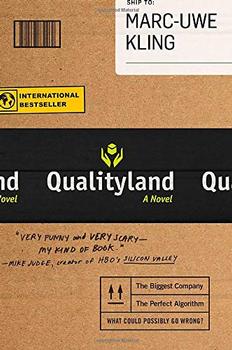
This article relates to Qualityland
Marc-Uwe Kling's novel Qualityland, which is set in a European country in the near future, incorporates plot points based around human interactions with machines. Throughout the book, references are made to economic, technological and robotics theories that were developed in the 19th and 20th centuries as scientists began to speculate where technology would take humankind.
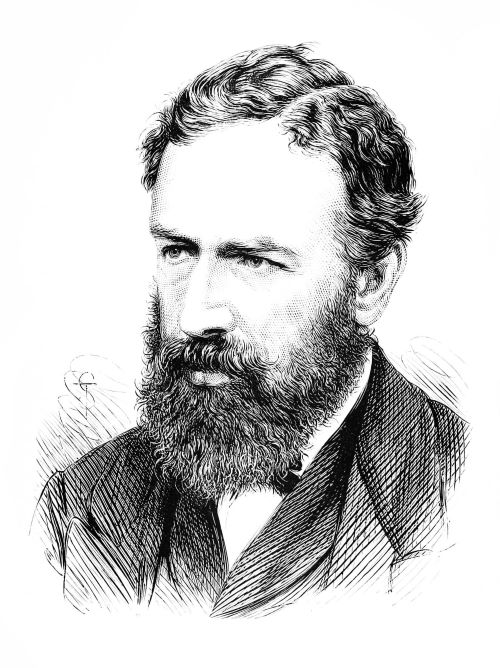 The Jevons Paradox was named after 19th-century economist William Jevons, who in 1865 noted that when it became less expensive and more efficient to use coal to produce energy, energy consumption actually went up rather than down. He speculated that improved efficiency leads to lower costs, which results in an increase in consumption. A more modern example is that as cars became more fuel efficient, people started driving more and so overall consumption rose, rather than declining.
The Jevons Paradox was named after 19th-century economist William Jevons, who in 1865 noted that when it became less expensive and more efficient to use coal to produce energy, energy consumption actually went up rather than down. He speculated that improved efficiency leads to lower costs, which results in an increase in consumption. A more modern example is that as cars became more fuel efficient, people started driving more and so overall consumption rose, rather than declining.
 Former Intel CEO Gordon Moore stated in a 1965 interview that the number of transistors per silicon chip would double every year (meaning that computers would double their processing speed regularly, making them faster), a prediction which he later amended to every two years. While this was simple speculation, many engineers (particularly those at the industry-leading Intel) interpreted the statement as definitive. It became the blueprint for long-term planning in the computer chip industry and eventually became known as Moore's Law. In spite of the off-hand nature of Moore's initial statement, Moore's Law has proven remarkably prescient, standing the test of time for over 50 years. Some prominent engineers, however, believe that the level of growth seen to date can't continue and that Moore's Law will become obsolete within a decade.
Former Intel CEO Gordon Moore stated in a 1965 interview that the number of transistors per silicon chip would double every year (meaning that computers would double their processing speed regularly, making them faster), a prediction which he later amended to every two years. While this was simple speculation, many engineers (particularly those at the industry-leading Intel) interpreted the statement as definitive. It became the blueprint for long-term planning in the computer chip industry and eventually became known as Moore's Law. In spite of the off-hand nature of Moore's initial statement, Moore's Law has proven remarkably prescient, standing the test of time for over 50 years. Some prominent engineers, however, believe that the level of growth seen to date can't continue and that Moore's Law will become obsolete within a decade.
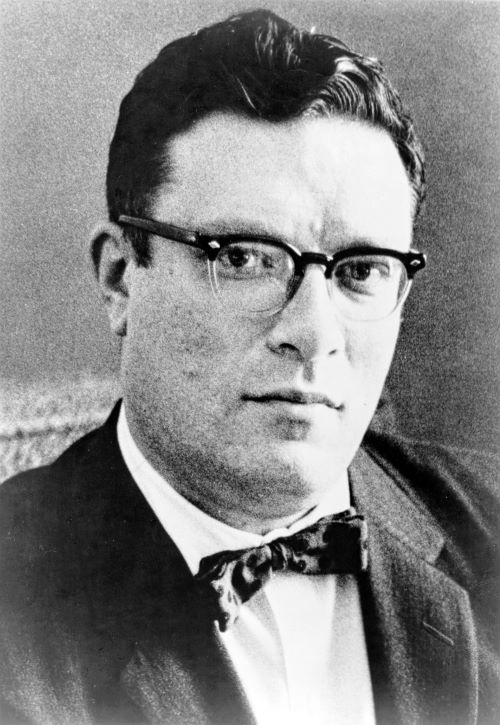 Perhaps the best known of the theories mentioned in Qualityland is the Three Laws of Robotics, first codified by science fiction author Isaac Asimov in his 1942 short story collection I, Robot. The laws state:
Perhaps the best known of the theories mentioned in Qualityland is the Three Laws of Robotics, first codified by science fiction author Isaac Asimov in his 1942 short story collection I, Robot. The laws state:
The Three Laws have long been part of the culture and consciousness of those who write about (and those who build) robots. Other authors and technologists have gone on to expand upon or modify these statements over the decades, but Asimov appears to be the inspiration behind most if not all of them, having been one of the first to address the idea that robots would need some sort of check to keep them from wiping out humanity.
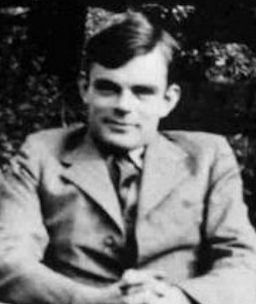 The Turing Test was first proposed by Alan Turing in 1950. His theory states that if a computer acts, reacts and interacts like a sentient being, then it should be considered sentient. He proposed that an interrogator ask questions to unseen subjects, who then respond in writing to the person's inquiries. After engaging in this process, called "the imitation game," if the interrogator can't tell which subject is human and which a machine, the machine should be deemed sentient. Turing predicted that by the year 2000 a computer "would be able to play the imitation game so well that an average interrogator will not have more than a 70-percent chance of making the right identification (machine or human) after five minutes of questioning." It actually took until 2014, when a chatbot named Eugene Goostman, developed in St. Petersburg, Russia, became the first non-human to pass a version of the Turing Test.
The Turing Test was first proposed by Alan Turing in 1950. His theory states that if a computer acts, reacts and interacts like a sentient being, then it should be considered sentient. He proposed that an interrogator ask questions to unseen subjects, who then respond in writing to the person's inquiries. After engaging in this process, called "the imitation game," if the interrogator can't tell which subject is human and which a machine, the machine should be deemed sentient. Turing predicted that by the year 2000 a computer "would be able to play the imitation game so well that an average interrogator will not have more than a 70-percent chance of making the right identification (machine or human) after five minutes of questioning." It actually took until 2014, when a chatbot named Eugene Goostman, developed in St. Petersburg, Russia, became the first non-human to pass a version of the Turing Test.
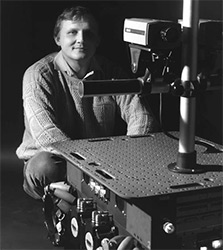 Also referenced in Qualityland is Moravec's Paradox, formulated by Hans Moravec and others in the 1980s. As Moravec stated it: "It is comparatively easy to make computers exhibit adult level performance on intelligence tests or playing checkers, and difficult or impossible to give them the skills of a one-year-old when it comes to perception and mobility." Something as simple as pouring a full cup of coffee, taking it across the room and setting it down in front of someone, without spilling it during the journey, might be a task most people can complete without thought, but androids (humanoid robots) can't be programmed to accomplish this feat—at least not yet; robotic scientists are getting closer to resolving the paradox every day.
Also referenced in Qualityland is Moravec's Paradox, formulated by Hans Moravec and others in the 1980s. As Moravec stated it: "It is comparatively easy to make computers exhibit adult level performance on intelligence tests or playing checkers, and difficult or impossible to give them the skills of a one-year-old when it comes to perception and mobility." Something as simple as pouring a full cup of coffee, taking it across the room and setting it down in front of someone, without spilling it during the journey, might be a task most people can complete without thought, but androids (humanoid robots) can't be programmed to accomplish this feat—at least not yet; robotic scientists are getting closer to resolving the paradox every day.
William Jevons in Popular Science Monthly, 1877
Gordon Moore, by Science History Institute, CC BY-SA 3.0
Isaac Asimov from New York World-Telegram & Sun, 1965
Alan Turing circa 1930
Hams Moravec, from his information page at Carnegie-Mellon University
Filed under Medicine, Science and Tech
![]() This article relates to Qualityland.
It first ran in the March 4, 2020
issue of BookBrowse Recommends.
This article relates to Qualityland.
It first ran in the March 4, 2020
issue of BookBrowse Recommends.






Your guide toexceptional books
BookBrowse seeks out and recommends the best in contemporary fiction and nonfiction—books that not only engage and entertain but also deepen our understanding of ourselves and the world around us.